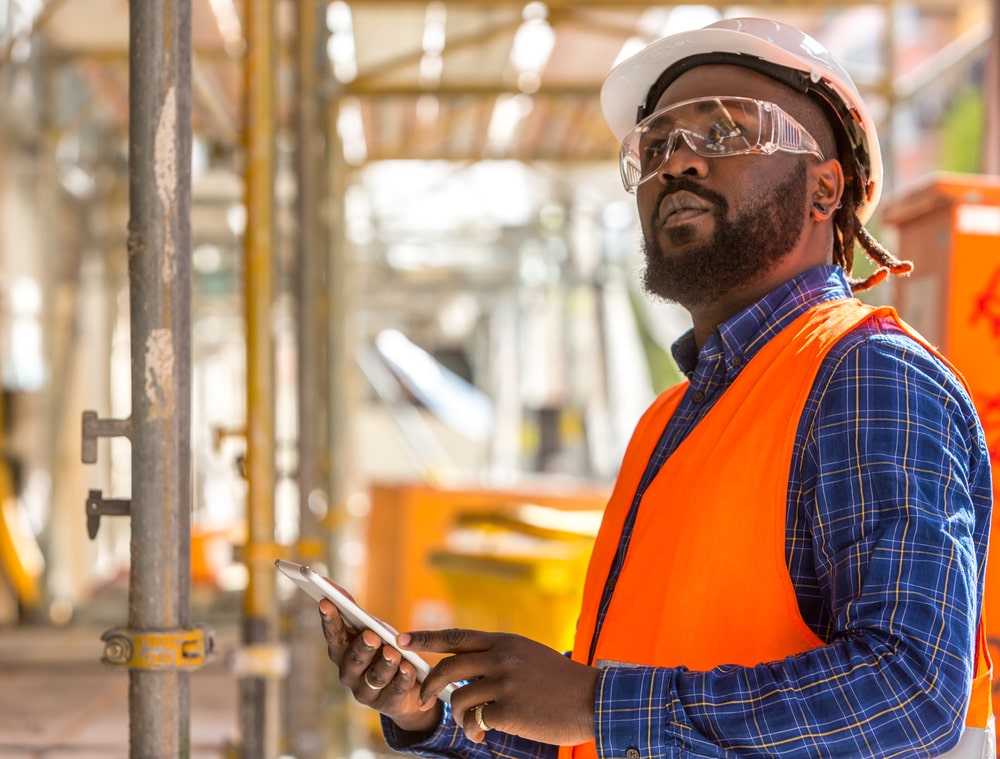Sector - Employment
New digital right to work checks for British and Irish workers

Construction employers need to adopt new digital right to work checks for British and Irish nationals or revert to cumbersome manual in-person checks.
It will, says Lilly Malekyazdi at Vialto Partners, no longer be possible for employers to rely on virtual right to work checks introduced by the Home Office under its Covid-19 concessions, for these individuals.
The likelihood of inadvertently employing an undocumented worker is very low, but the impact could be high. If procedures are not properly followed, employers have no statutory excuse against employing an illegal worker and could face substantial fines and other sanctions.
The Home Office’s right to work guidance was altered in April 2022 to allow digital identification verification for pre-employment checks. Back then, it felt slightly academic as the government had not certified any providers to conduct those checks. Whilst digital certification isn’t mandatory, and indeed it is still possible to conduct physical in-person checks – the move is designed to give the Home Office and employers the reassurance that checks are well-managed.
Right to work checks reduce the risk of employing a person who does not have the right to work in the UK, for instance where an earlier work visa has expired. They are conducted in good time before or on the first day of employment and repeated when work permission is due to expire, for example after three years of a Skilled Worker visa. When conducted properly, and in line with the Home Office’s prescribed checks, they also give employers a statutory excuse against a civil penalty of up to £20,000 per illegal worker, in the event they are found to be employing someone illegal. Without them an employer can be fined, even if they had no chance of spotting that, for instance, a UK passport was a fake.
While the risk of employing an illegal worker may be no higher for the construction industry than others, the risk of detection probably is even where an employer had no chance of spotting a fake document. The construction industry has always been of interest to the Home Office, more so than other industry sectors.
Historically, these checks have typically been undertaken manually and in person – imagine being sat with HR on day one of employment, handing over a passport so they can check your face against the photo and then take a dated and certified copy.
The global pandemic and resulting changing working patterns have seen right to work checks change. Manual checks are no longer available for people with biometric residence permits, biometric residence cards, or an e-visa, for example, those with pre-settled status or a frontier worker permit That means the vast majority of people who are neither British or Irish passport holders need to be checked against the Home Office online service, normally using a share code provided by the prospective employee.
For UK and Irish nationals, employers are currently still relying on the temporary ‘COVID-19 adjusted right to work checks’ which allow checks to be conducted via video call as opposed to in-person, with original documents.
That will change from 1st October 2022, however, when it will no longer be possible to rely on this concession. and the Home Office wishes employers to conduct these checks via an authorised Identification Service Provider with accredited Identification Documentation Verification Technology.
AI technology
Since April, several government-certified technology providers have emerged, including our own right to work app. Many of these platforms use AI technology to scan and read documents together with ‘selfie’ digital photographs of new employees and will automatically record the name and date of birth of the individual, pictures and the date of the check. Checks can easily be conducted from anywhere in the country. Whilst the Government would encourage employers to use an authorised Identification Service Provider with accredited Identification Documentation Verification Technology, it is not essential. Manual, in-person checks can continue, but for large employers working across multiple locations that will prove cumbersome and time consuming.
The use of this technology does require the human touch. Employers must satisfy themselves that a compliant check was conducted, that the person in the selfie is not an imposter, and if names differ, they must establish why, for example, a recent marriage. Checks must be retained for the length of employment plus two years.
Lilly Malekyazdi is a Senior Manager at global mobility advisers Vialto Partners.
If you would like to read more stories like this, then please click here
Related Articles
More Employment News
- How employee wellness boosts profits in construction
31 Oct 25
Healthy teams deliver better margins. Here’s how wellness drives productivity, retention, and profit in UK
- Renewed optimism in Construction sector as survey reveals growth and skills plans
23 Jul 25
Construction sector with project professionals anticipating project growth.
- University joins forces to address critical construction and housebuilding skills gap
2 Jul 25
The University of Salford is collaborating with Cube Thinking to support Barratt Homes in bridging the shift in skills requirements.






